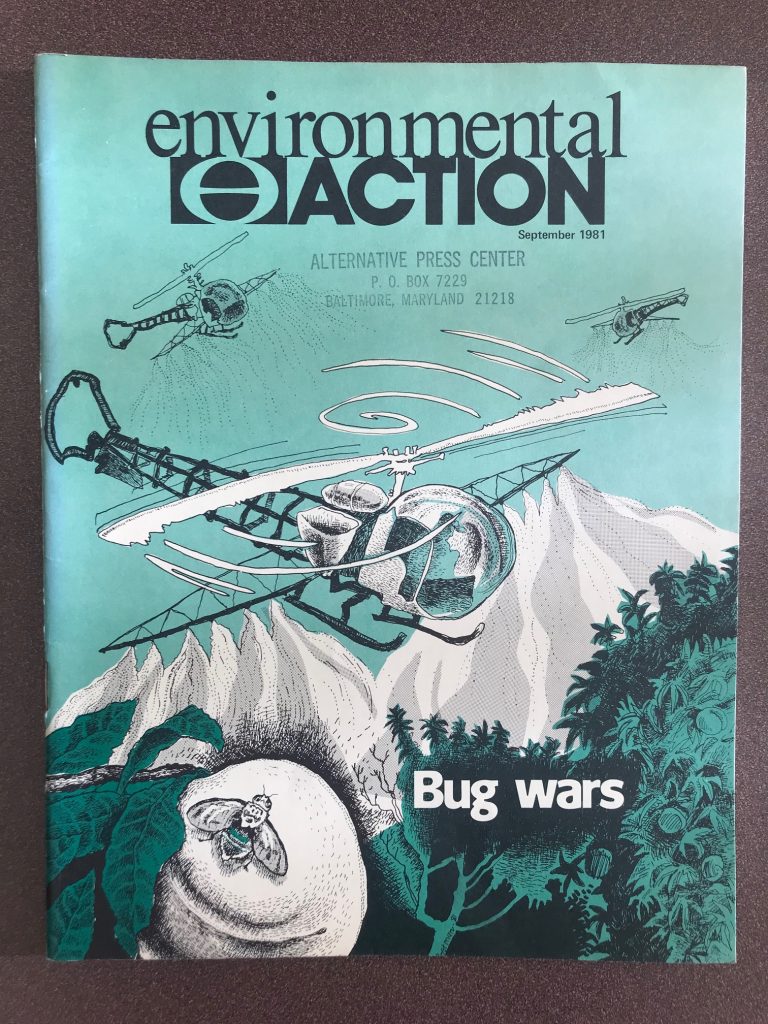
It may seem odd to relate the satirical and often raunchy style of Underground Comics with Alternative Press and Radical Literature publications that tackle serious social and political issues. However, comics often served as a stepping stone into the world of politics for many young readers. Just as musical genres like punk rock or hip-hop have brought political awareness to its listeners, comics allowed individuals the chance to dip their toes into more tumultuous waters through a medium that they were attracted to and identified with. Complexity was always an asset to alternative publications that defined youth culture.
More sub-genres emerged, some more radical than others. And comics continued to tackle social and political problems that became pressing issues by the end of the 20th century. The environmental movement fought against industrial pollution and promoted a healthier and more sustainable lifestyle. They critiqued capitalism, claiming that it encouraged pollution and deforestation by cutting corners to increase profit margins.

Anarchist and socialist movements often grouped together to produce comics from a variety of artists due to their mutual rejection of the capitalist governmental structure. Many of these comics influenced and inspired local activism, and began circulating on college campuses. UMBC had its own, The Red Brick, a socialist student run newspaper running from 1969-1970. All three issues are scanned and available online through our digital collection.
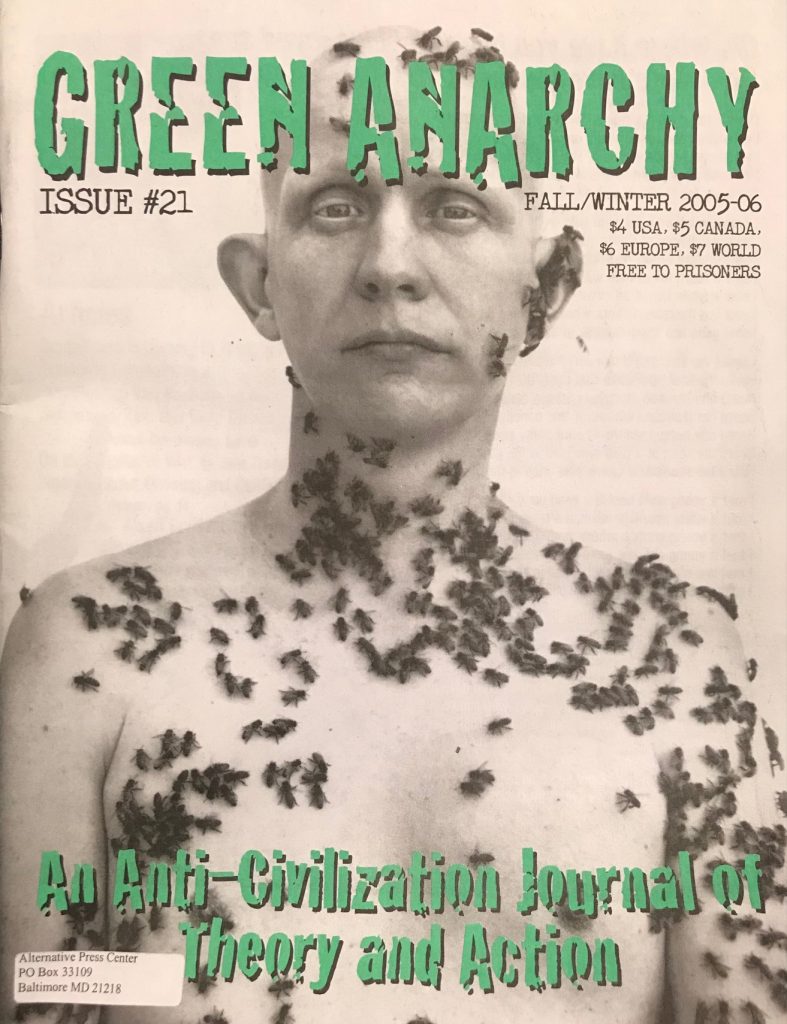
UMBC’s Alternative Press Center Collection, located within the Special Collections department, holds the back issues of the titles collected by the Alternative Press Center (APC) from its beginning to five years prior to the current year. The APC is a non-profit collective, located in Baltimore, dedicated to providing access to and increasing public awareness of the alternative press. Founded in 1969, it remains one of the oldest self-sustaining alternative media institutions in the United States. UMBC’s APC collection houses numerous non-mainstream media that address topics such as: capitalism, LGBTQ+, feminism, world politics, Marxism, Socialism, Africana studies, and environmentalism, among numerous others.
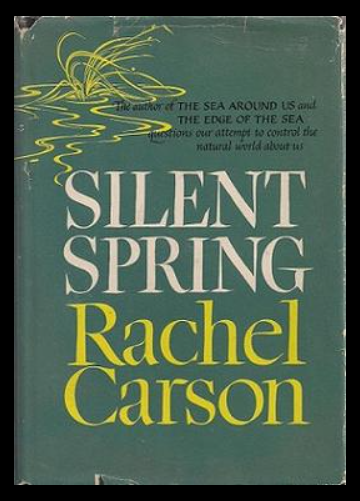
The environmental movement of the late 20th century was reinvigorated with the publication of Rachel Carson’s Silent Spring (1962). Her book sought to educate the public about humanity’s attempt to control nature through the use of pesticides and pollutants, leading to an ecosystem in crisis that we have now inherited. Prior to the internet, much of the materials surrounding the environmental movement’s cause was written, distributed, and published through non-mainstream newspapers and magazines. In like manner, the grassroots quality of the eco-movement similarly matched the DIY attitude of the underground comic scene—especially when political worlds collided.
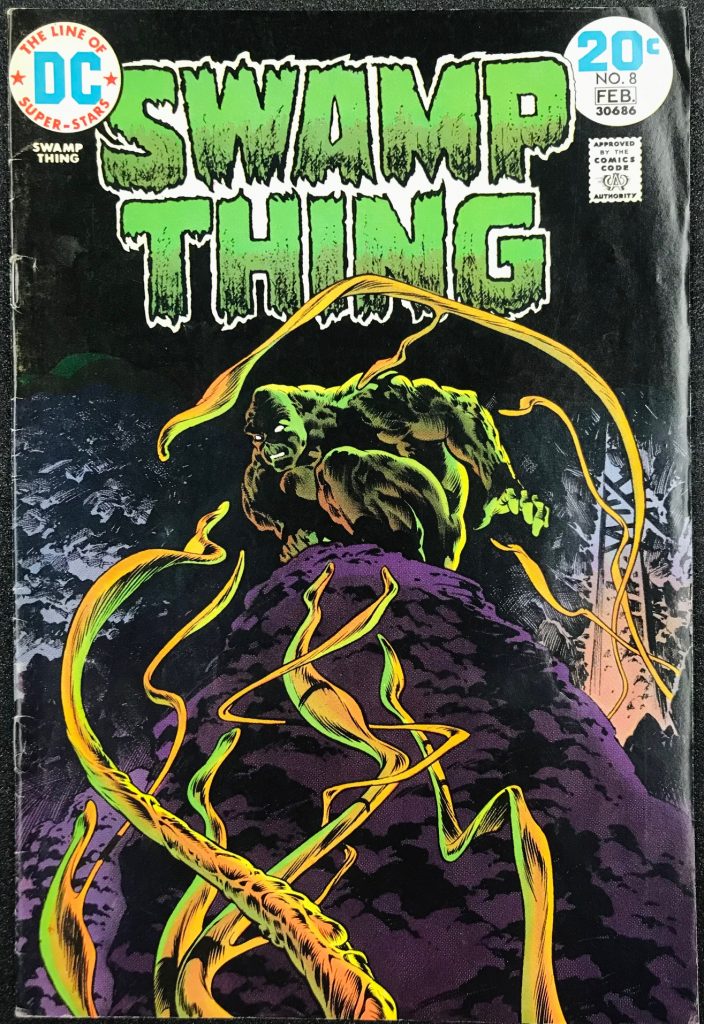
There are an abundance of comics dealing with the implications of nuclear fallout and chemical/biological warfare, seen in series’ like Toxic Avenger and Swamp Thing. These comics often touch on the conflicted relationship between humanity and the environment. However, many artists chose the comic medium as a way to tell more tangible stories of environmental hazards that educated its readers in an attempt to reach a wider audience.
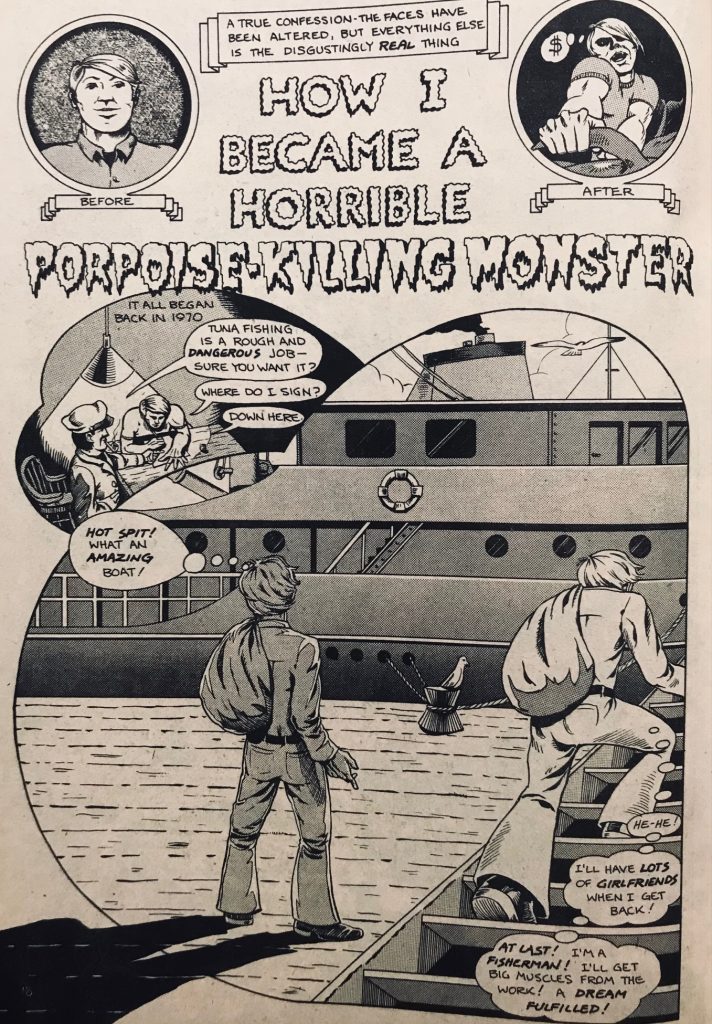
Net Profit was a non-profit comic book that explored the life of porpoises, dolphins, and whales through the lens of the commercial fishing industry. It was a collaborative effort of activist writers, artists and ex-tuna fisherman dedicated to bringing awareness and stopping the needless killing of sea mammals in fishing commercial nets.
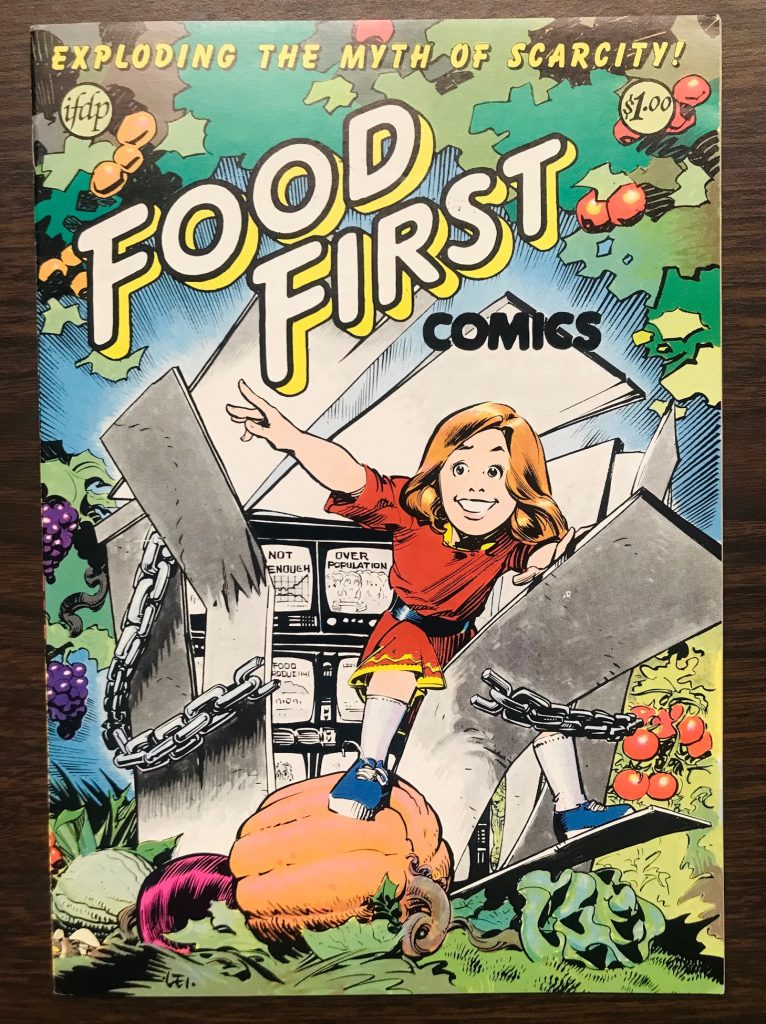
Food First Comics was an Underground Comic that challenged the Malthusian notion of food shortage as a population problem and rather argued that it was a reflection of capitalist manipulation of land, agriculture, and food production. Likewise in Conservation, an APC title, writers tackle the sustainability of organic farming and eating locally.
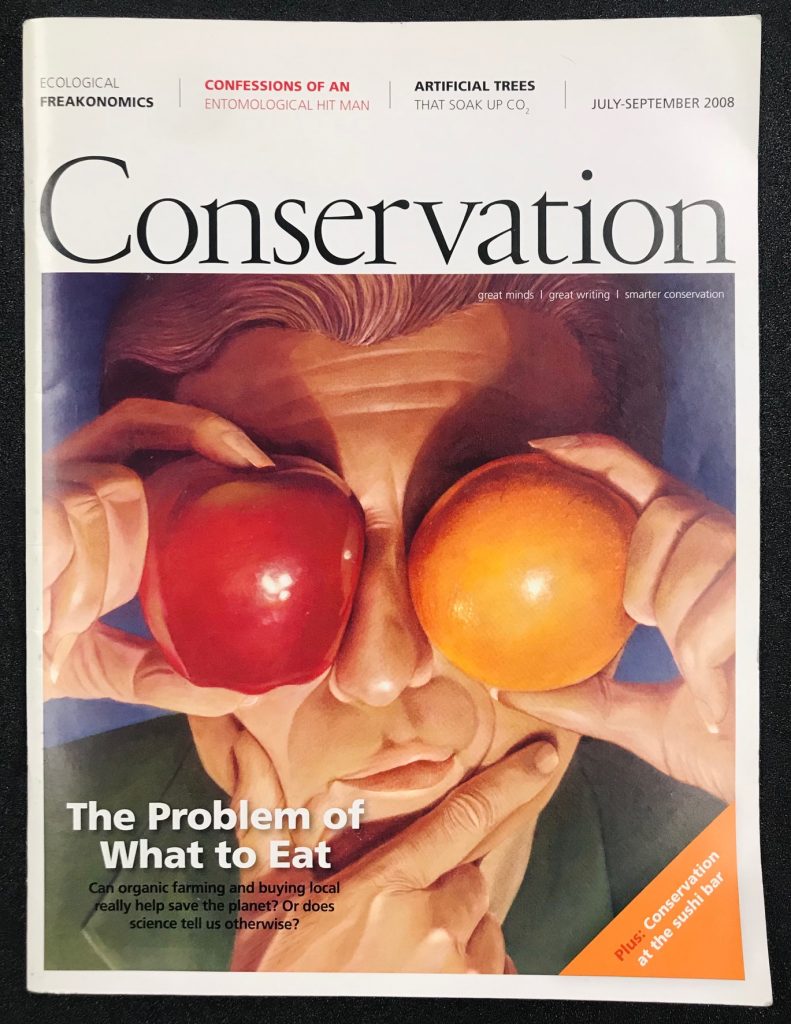
In Slow Death no. 8, artists comment on the issue of animal extinction with stories of endangered species and inhumane hunting practices like seal clubbing. APC titles like Green Mountain Quarterly frequently cover topics like deforestation’s impact on humans, animal extinction, and the ecosystem using comic style art to attract readers.
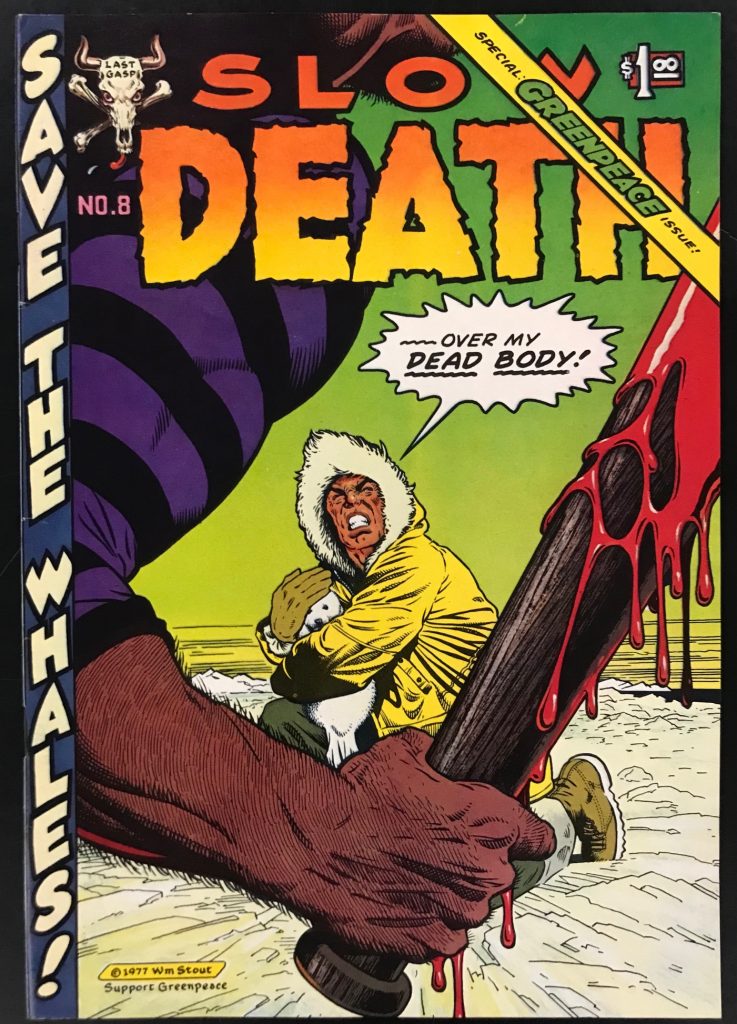
Underground Comix and The Alternative Press follow a DIY ethic that serves to inform and entertain the public through creative collectivity. The evolution of the comic book can be seen through titles that highlight contemporary issues like environmentalism, the effects of industrial capitalism on the environment, and ways that individuals can make a difference toward a healthier and more sustainable ecosystem.
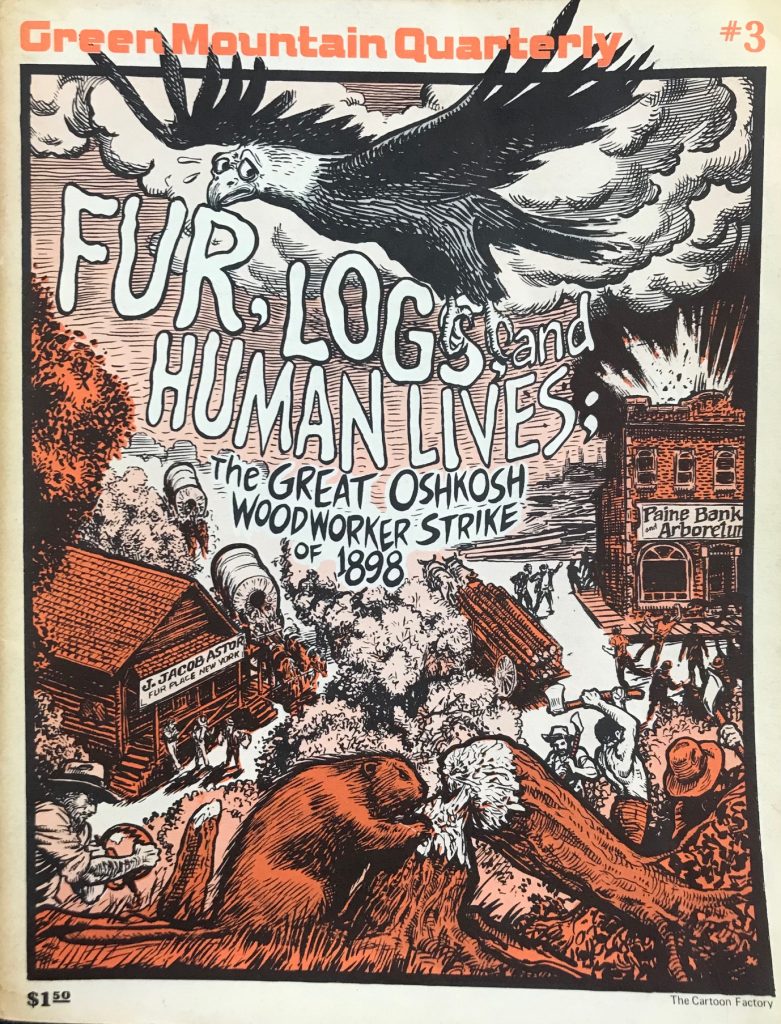
The Underground Comix Collection Exhibit can be seen in the Albin O. Kuhn Library Rotunda from April 10–May 20, 2024. All comics featured are available for research use in the UMBC Special Collections Underground Comix collection. Alternative Press Center publications are available through Special Collections. Special Collections is open M-W 12-4pm and Thursday 12-7pm. The exhibit was curated by Special Collections graduate assistants Mark Breeding, M.A. ’24, History and Finny Rocca, M.A. ‘20, History. This blog post was written by Mark Breeding.